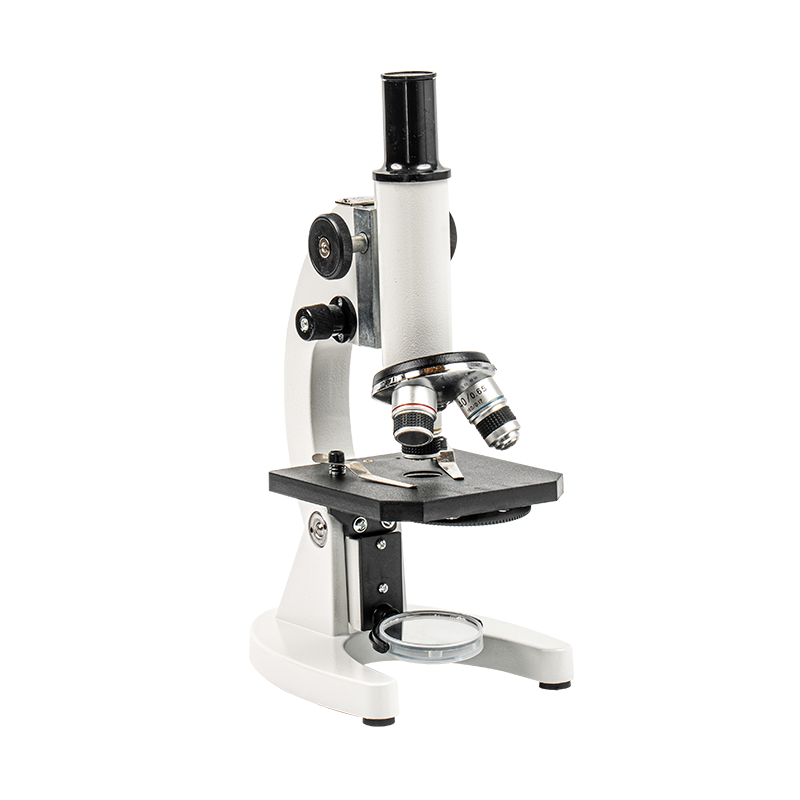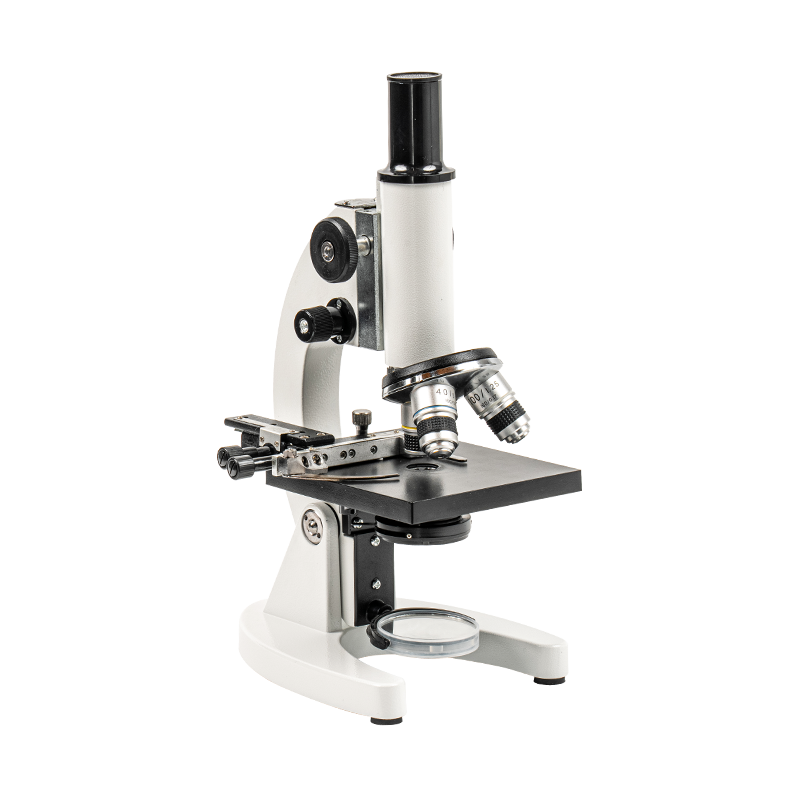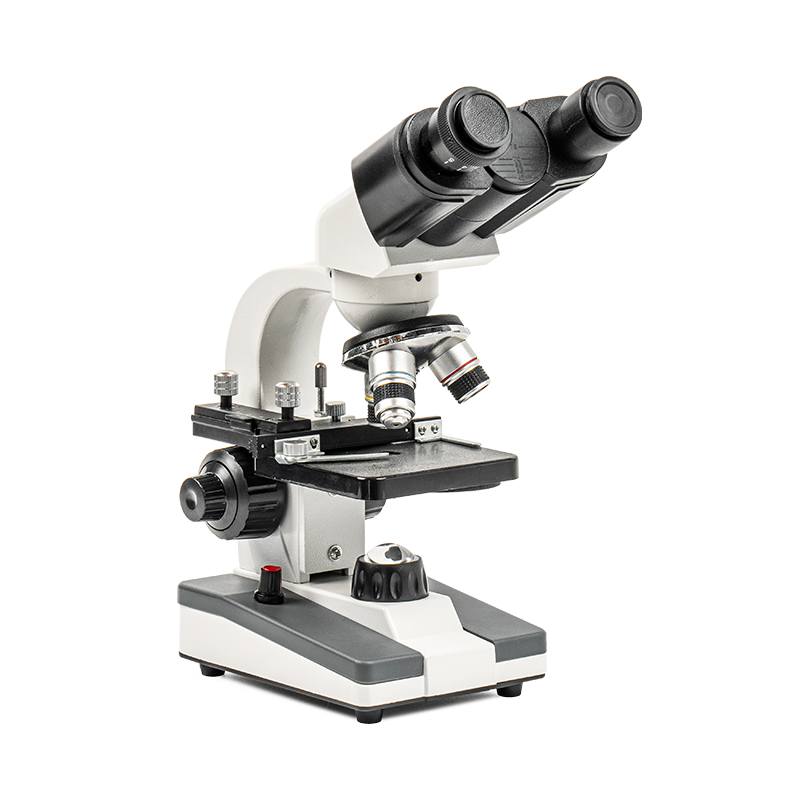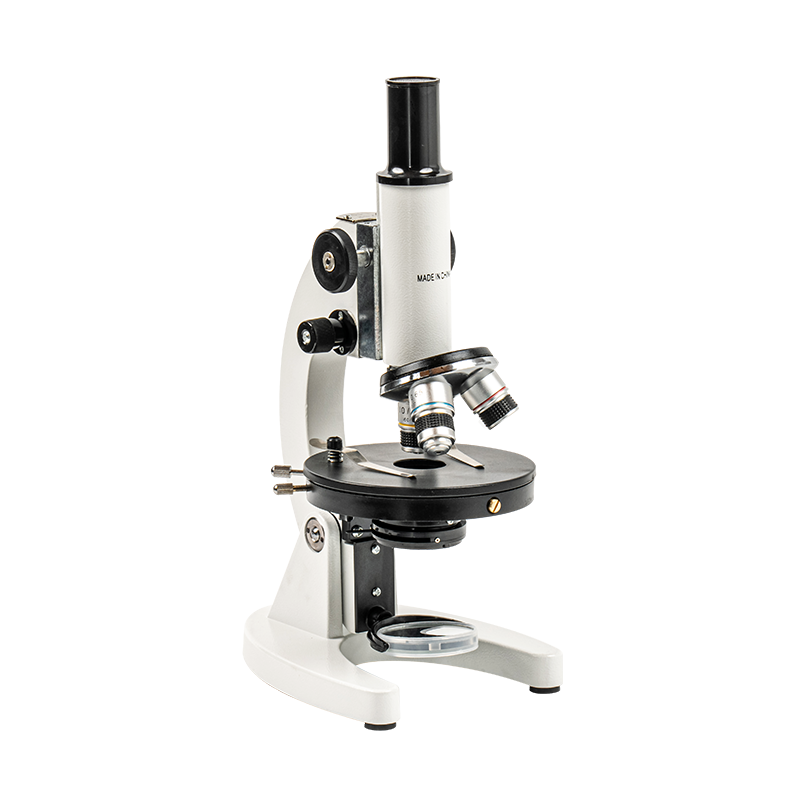In the field of materials science research, the Digital Microscope plays a unique and important role. Its high-resolution imaging capability enables researchers to delve into the microstructure and performance characteristics of materials, providing strong support for the development and application of new materials.
In terms of unique functions, digital microscopes can be used to observe the surface morphology, grain structure, phase transition process and other details of materials. By comparing and analyzing the differences and changes of different materials at the microscale, researchers can reveal the essential characteristics and inherent laws of materials, providing theoretical basis for optimizing and improving material properties. For example, in the research of nanomaterials, digital microscopes can clearly display the morphology, size, and distribution of nanoparticles, providing important references for the synthesis and application of nanomaterials.
However, the application of digital microscopes in materials science research also faces certain technical challenges. Firstly, due to the wide variety and diverse properties of materials, higher requirements have been put forward for the imaging quality and resolution of digital microscopes. Therefore, researchers need to continuously optimize the imaging system and algorithms of digital microscopes to improve their adaptability and stability. Secondly, materials often exhibit complex physical and chemical properties at the microscale, such as surface effects, quantum size effects, etc., which challenge the observational and analytical capabilities of digital microscopes. Therefore, researchers need to combine other characterization techniques and technical methods, such as electron microscopy, spectroscopy, etc., for comprehensive analysis and interpretation. Finally, with the continuous deepening and development of materials science research, higher requirements have been put forward for the performance and functionality of digital microscopes. Therefore, digital microscope manufacturers need to constantly innovate and improve product technology to meet the practical needs of researchers.

 English
English Español
Español عربى
عربى 中文简体
中文简体









